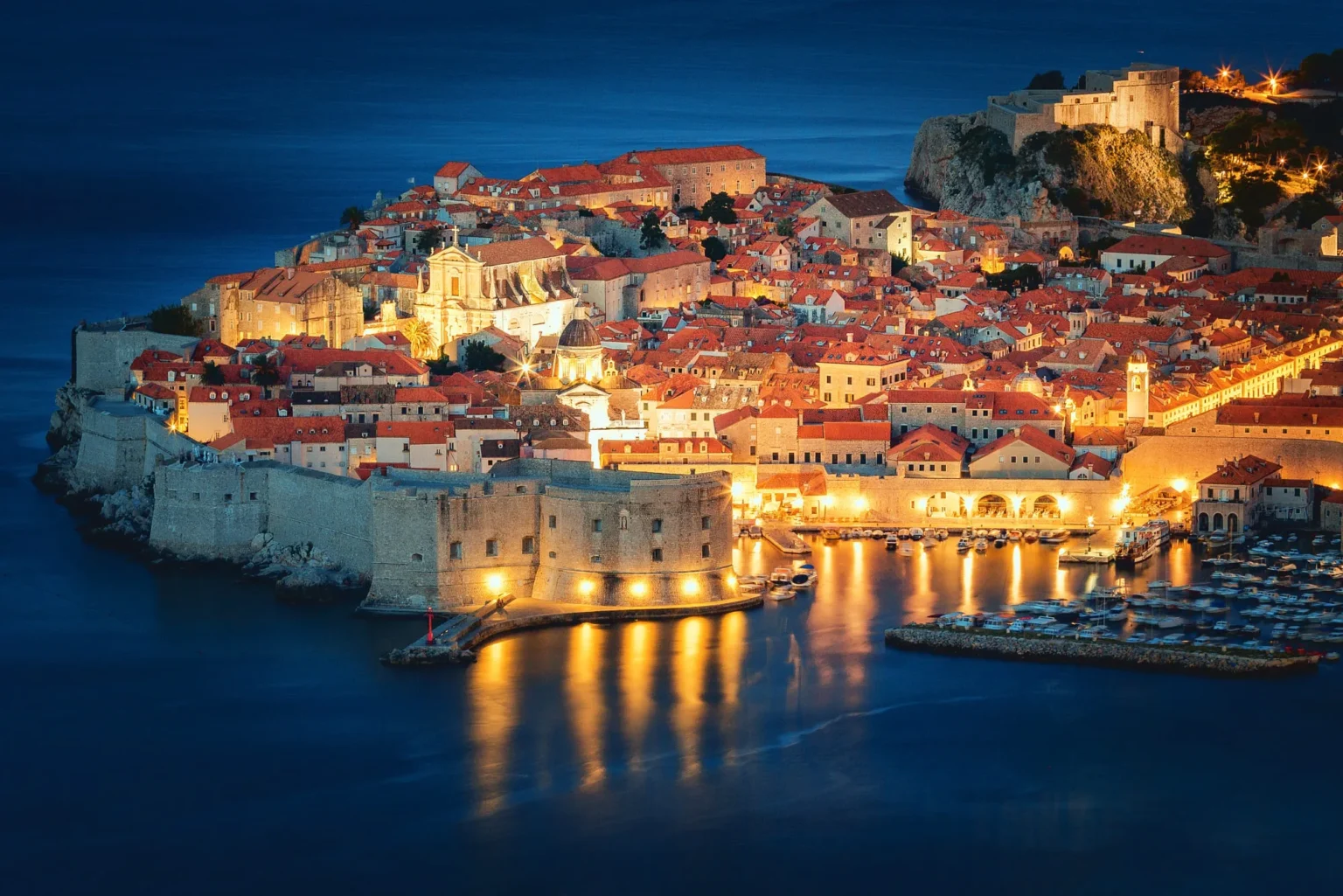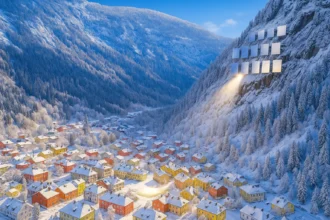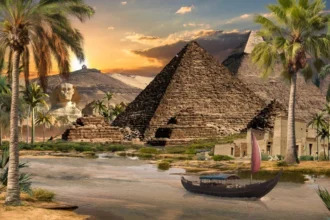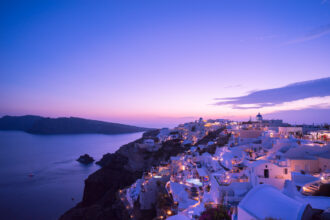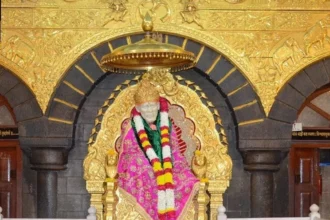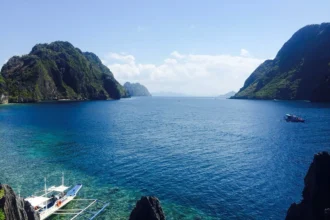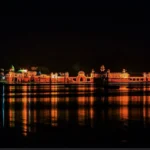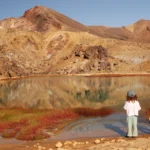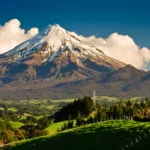There’s a sound Croatia makes. It’s not the thumping of beach clubs or the roar of tourist buses—it’s the gentle lap of the Adriatic Sea kissing stone shores. It’s the quiet clinking of wine glasses at sunset, the creak of a wooden boat rocking in the harbor, the distant music floating from a centuries-old piazza.
While others race to the Amalfi Coast or the Greek islands, Croatia remains the whisper in a world of shouts—a country that doesn’t flaunt its beauty but lets you discover it, one cove at a time.
The Beaches: From Wild to World-Class
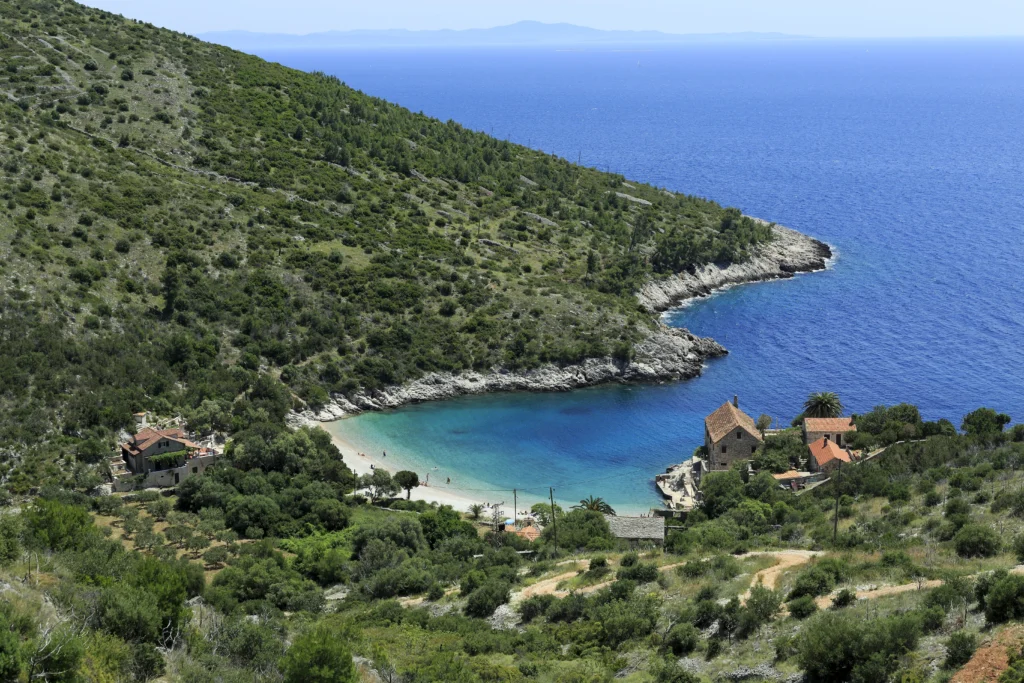
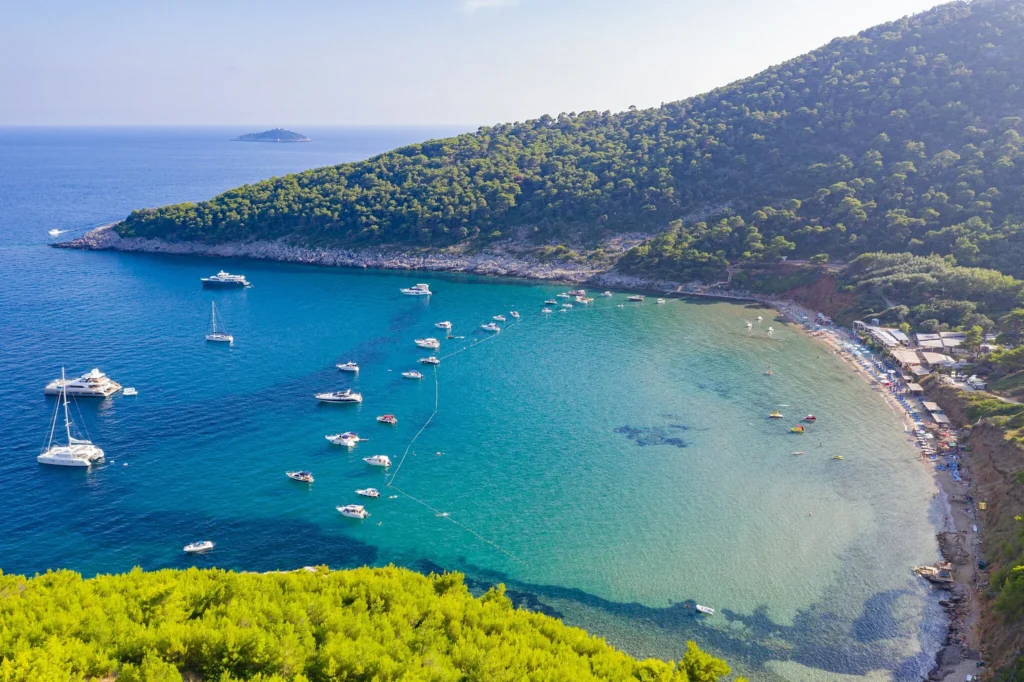
Croatia’s beaches aren’t all soft white sand and wide open stretches—and that’s a good thing. Many are wild, pebbled coves framed by limestone cliffs or pine-covered slopes that drop dramatically into sapphire seas.
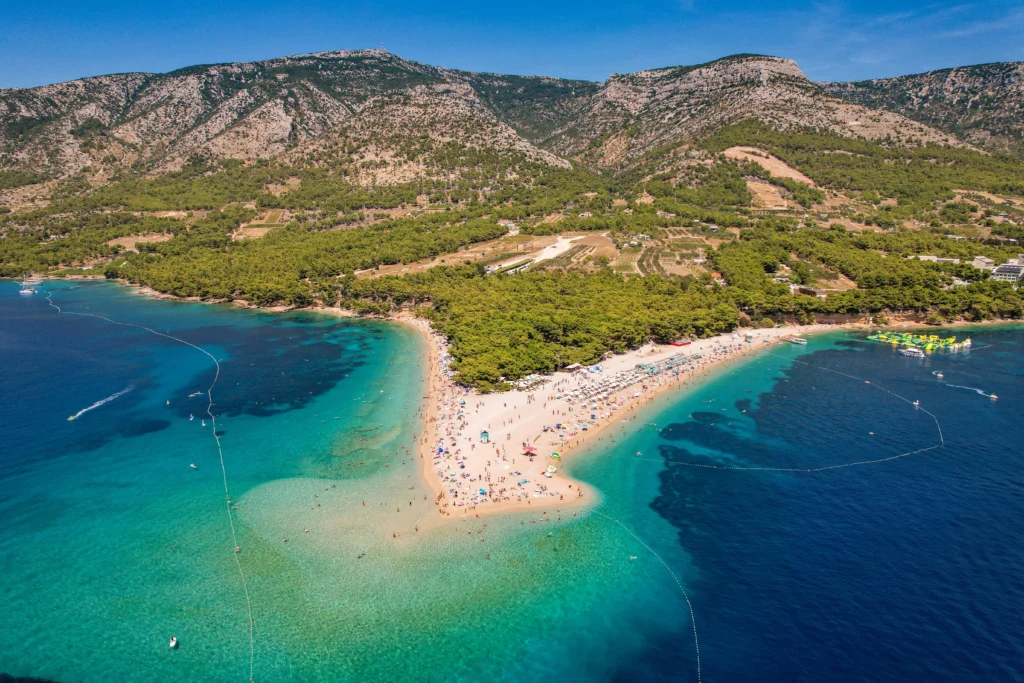
- Zlatni Rat on Brač Island is perhaps Croatia’s most iconic beach, its golden spit shifting shape with the wind like a dancer mid-twirl.
- Dubovica Beach, a stone’s throw from Hvar, is the kind of quiet Mediterranean hideout you dream about while stuck in traffic.
- And on Šunj Beach, on the island of Lopud, the sand is soft enough to sink your thoughts into.
Each beach feels like a storybook setting—just minus the crowds.
The Islands: 1,200 Reasons to Visit
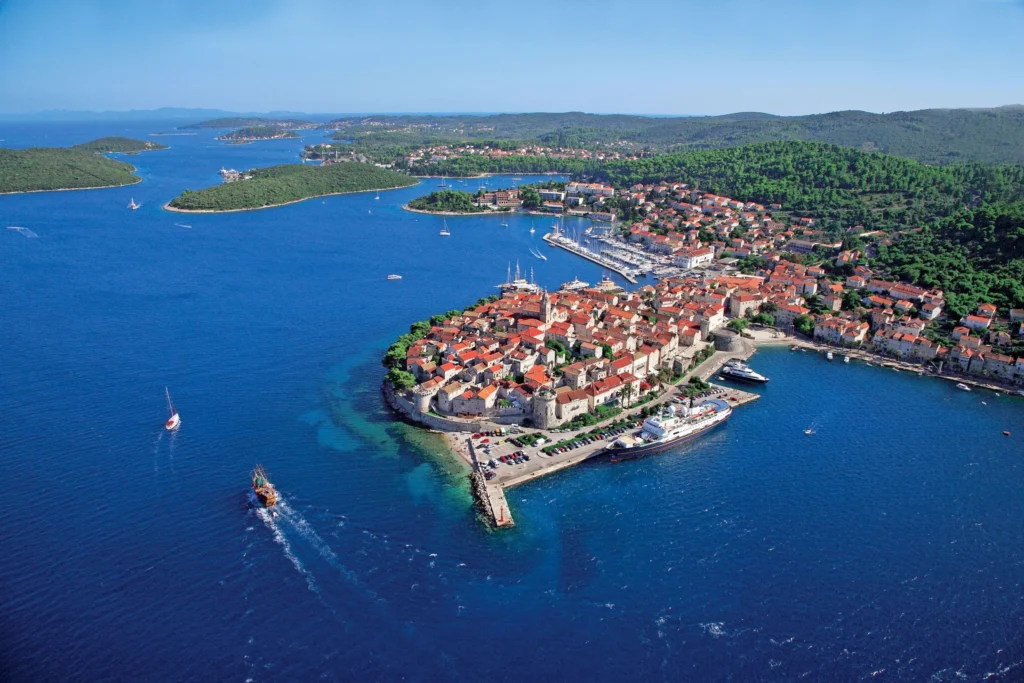
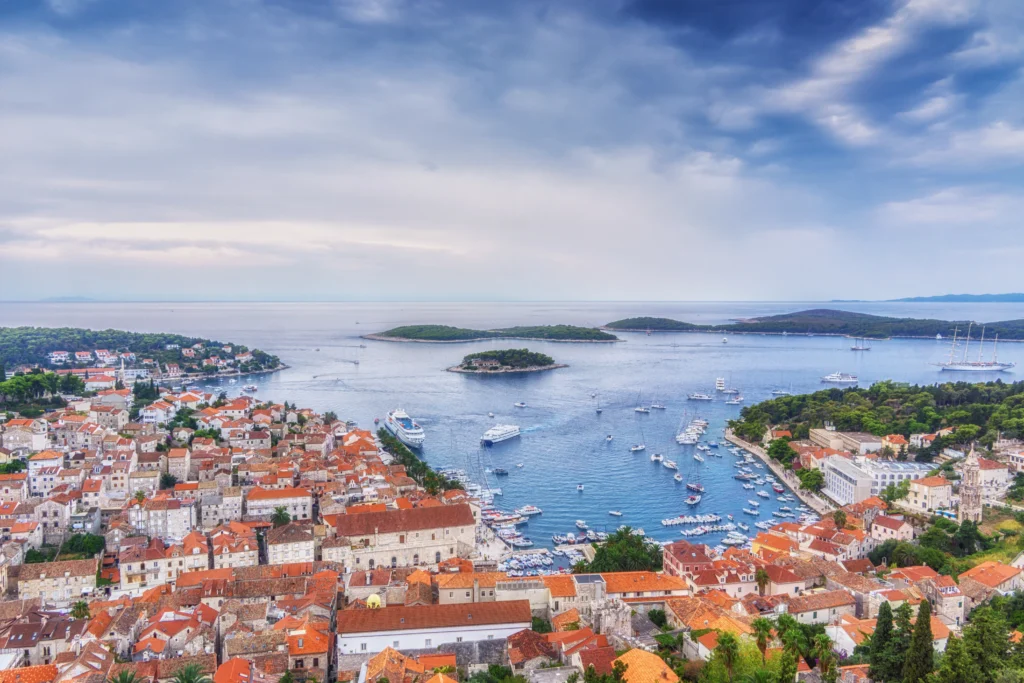
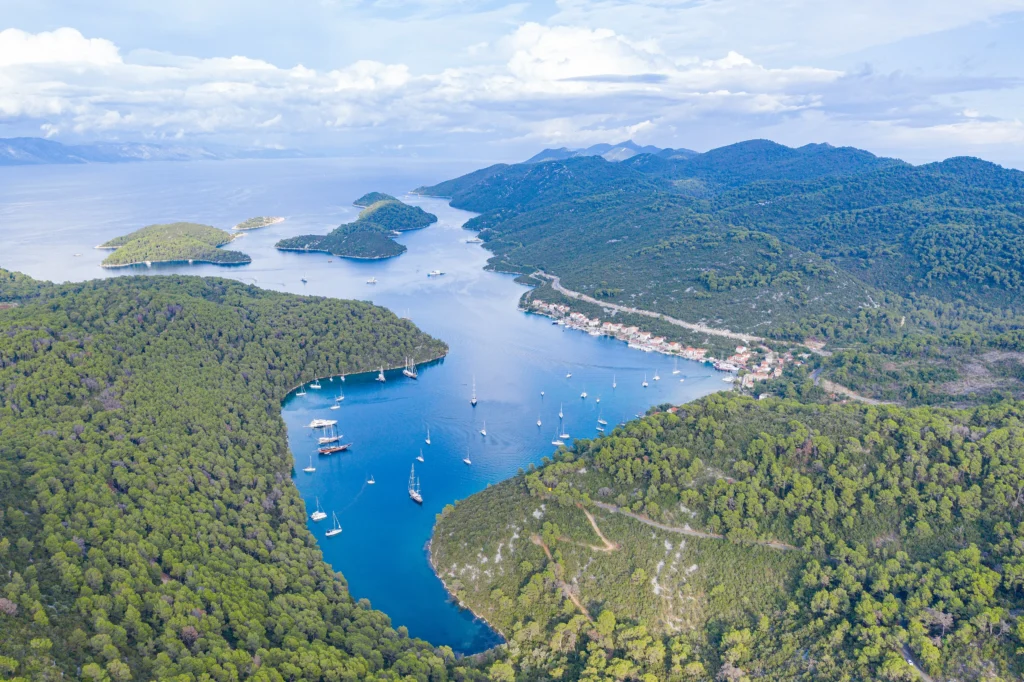
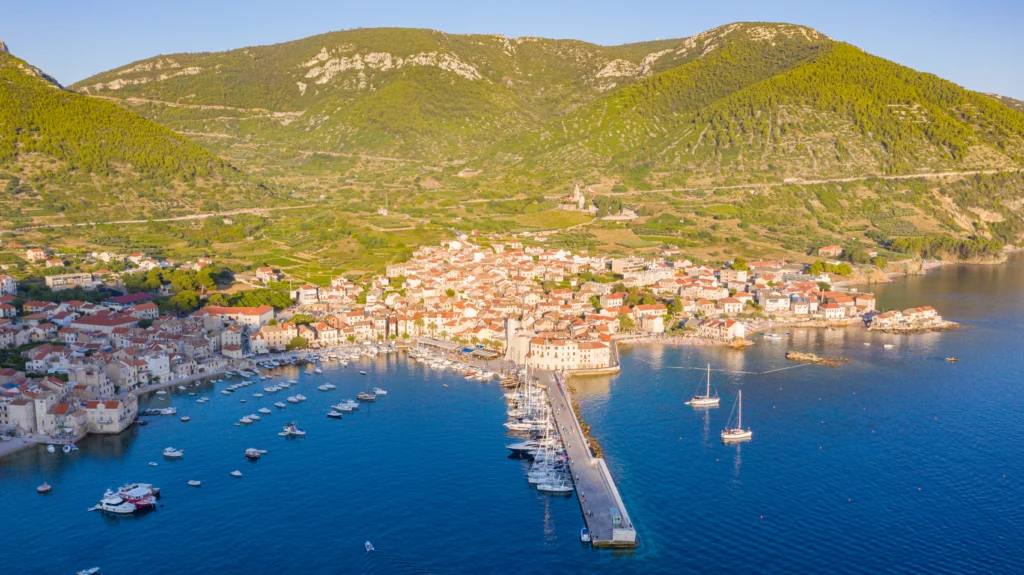
With over 1,200 islands, Croatia is a sailor’s dream and a beachcomber’s playground.
- Hvar is the glittering jewel—luxury, lavender fields, and long lunches by the water.
- Vis is the laid-back artist, once off-limits to foreigners, now wooing travelers with its silence and slow rhythm.
- Korčula, the supposed birthplace of Marco Polo, is wrapped in vineyards and sleepy harbors.
- And then there’s Mljet, where a lake lives inside an island, surrounded by a national park. Yes, really.
You don’t island-hop in Croatia. You drift. From one world to another.
Sun, Sea, and Stone
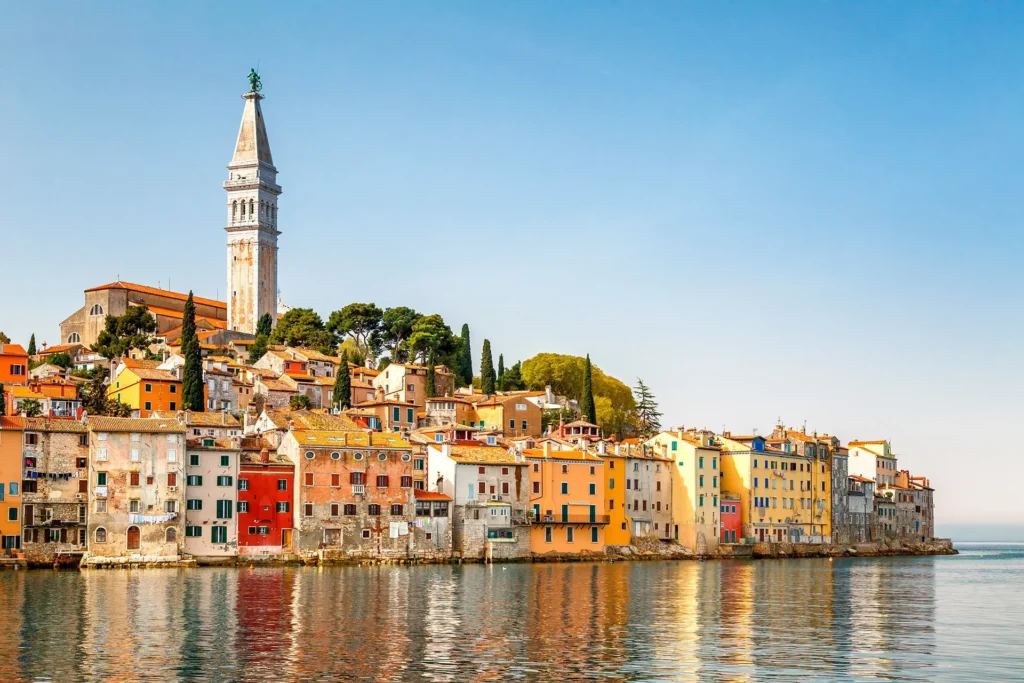
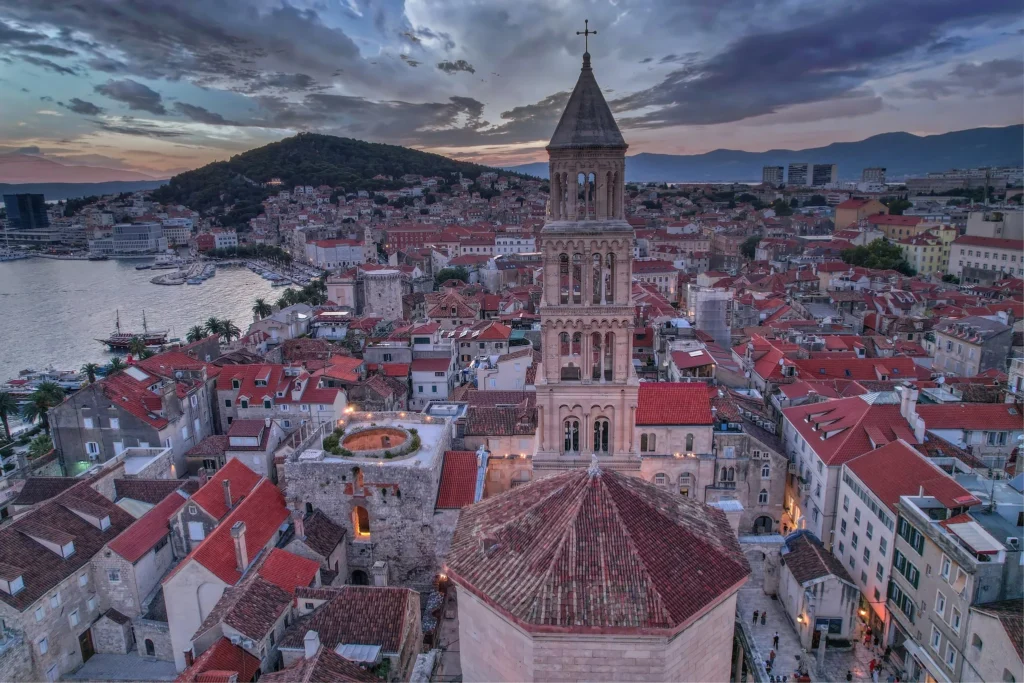
What makes Croatia feel different isn’t just the beaches—it’s the symphony of experiences surrounding them.
You can sunbathe in the afternoon, walk through Roman ruins by dusk, and feast under the stars—all in one day.
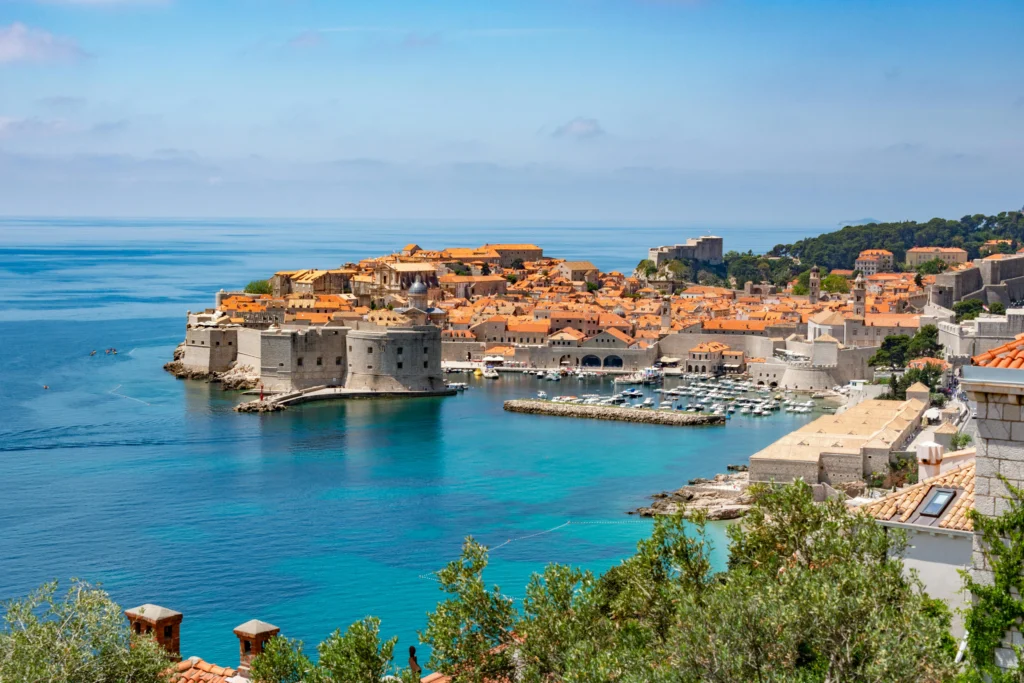
Split is an ancient palace turned city. Dubrovnik is a movie set you get to live in. And Rovinjlooks like someone painted Venice onto a cliff.
Every beach town here tells a different story—most of them written in stone and salt.
The Flavors of the Adriatic
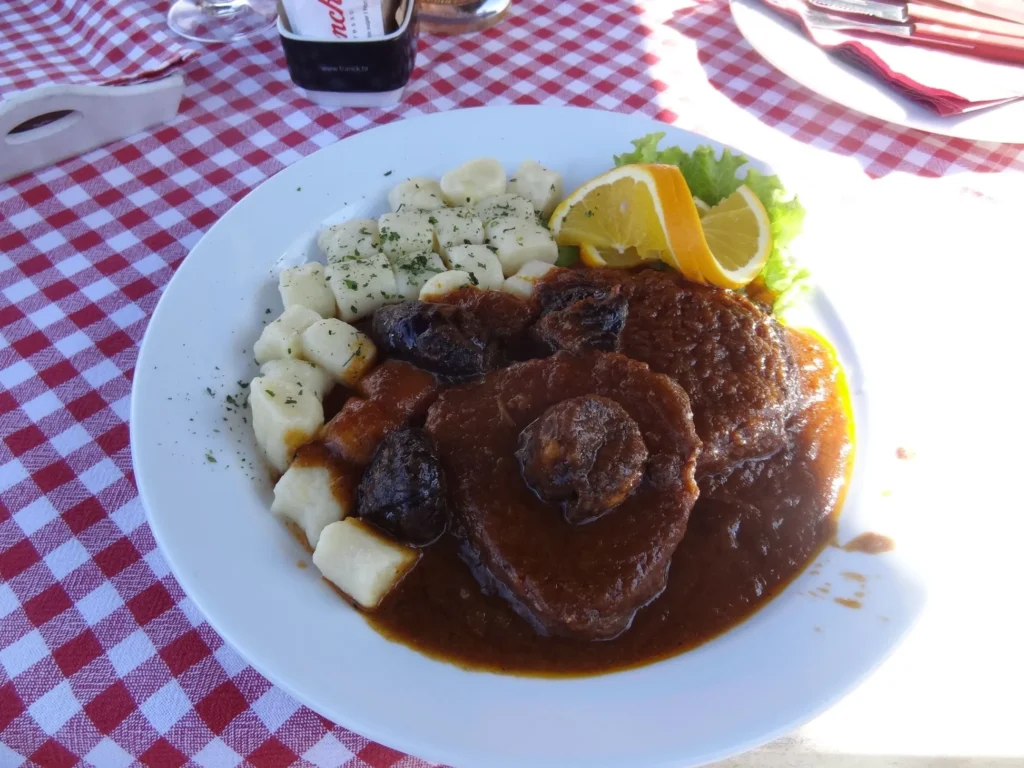
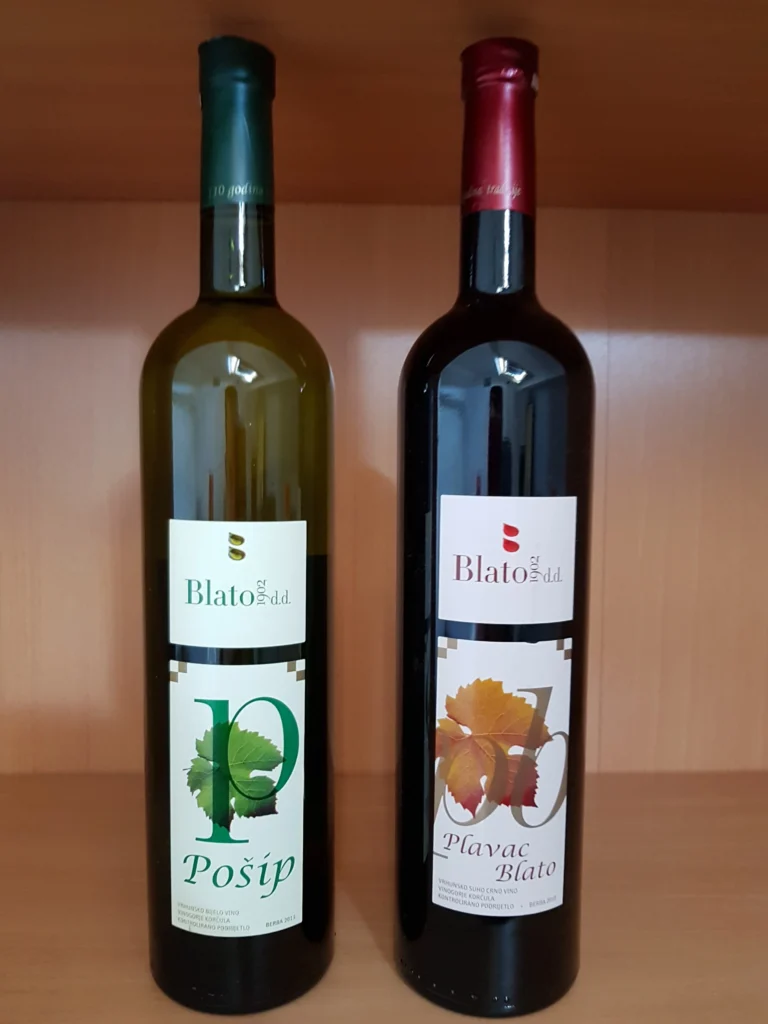
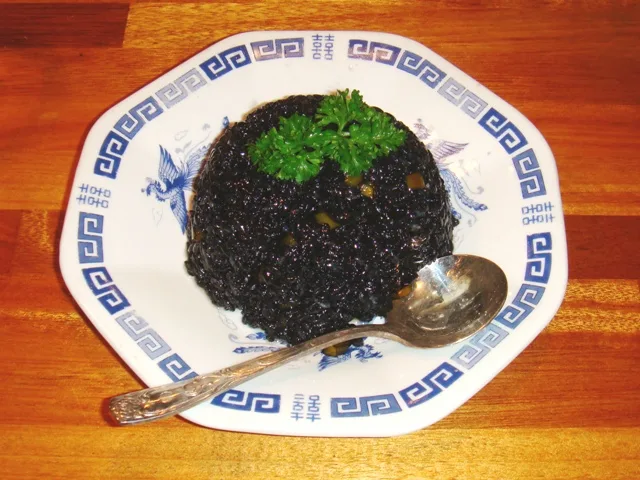
Croatia’s coastal cuisine is a delicious blend of Mediterranean tradition and Adriatic flair.
- Try crni rižot (black risotto) made with cuttlefish ink.
- Savor pasticada, a slow-cooked beef dish best enjoyed in Dalmatia.
- Pair it all with a glass of Pošip or Plavac Mali, wines grown under the same sun you’ll be tanning in.
Pro tip: Skip the touristy joints and find a local konoba (tavern). That’s where the real magic is served—often with a view of boats bobbing under a fiery sky.
Best Time to Visit?
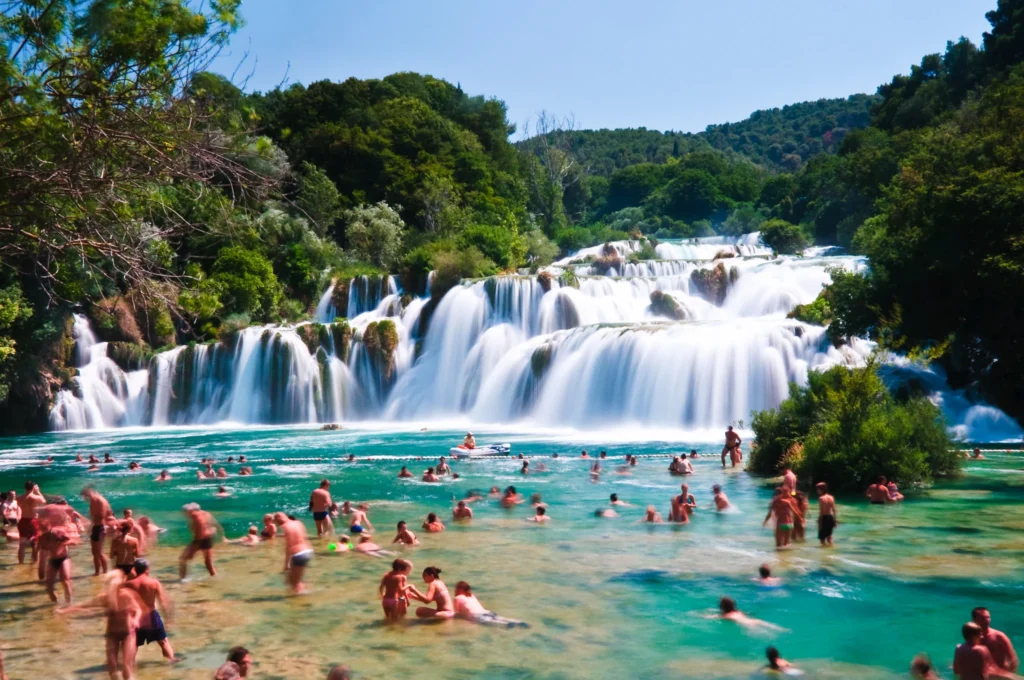
The sweet spot is late May to mid-June or September to early October—when the sea is warm, the prices fair, and the beaches blissfully uncrowded.
Peak summer (July–August) offers more festivals and boat parties, but also bigger crowds and higher rates. Choose your vibe.
Why Croatia is the Beach Escape You Didn’t Know You Needed
If you’re looking for flashy resorts, giant beach clubs, and Instagram queues, Croatia might not be your match.
But if you want:
-Mornings that smell like rosemary and sea salt,
-Afternoons spent barefoot on hidden beaches,
-Evenings lit by lanterns, laughter, and the sound of waves…
Then Croatia isn’t just a destination. It’s a revelation.
Not loud, not boastful—just breathtaking. And waiting for you to arrive.

